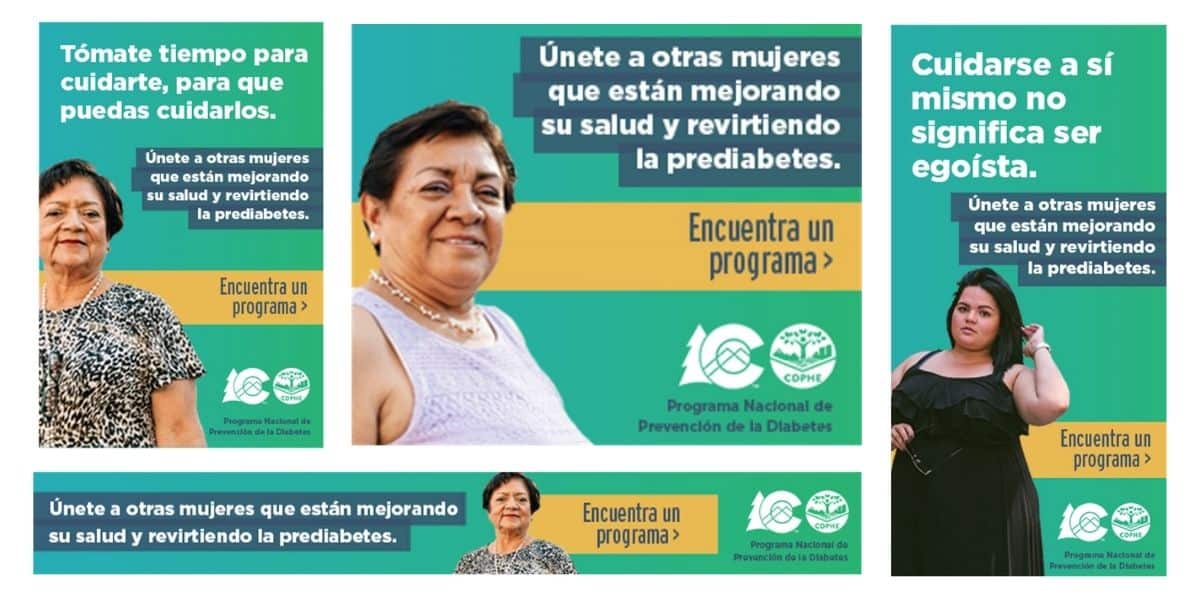
A recent Colorado Healthcare Strategy & Management (CHSM) discussion painted a frightening picture of where we are as a state and nation on the issue of opioid addiction. The panel of speakers described a perfect storm of factors that got us to where we are today – when drug overdoses have become the leading cause of death for Americans under 50.
The CHSM discussion also illustrated how social and public health crises can emerge when capitalism, public perceptions and individual behavior intersect, much like tobacco use in the 20th century.
CHSM panelist David Stuhlmiller, MD, chief medical officer for Centennial-based medical transport provider Air Methods, talked about 1980s and ‘90s-era physician education and health care funding mechanisms that unwittingly encouraged excessive prescribing of opioid painkillers. The period also was fueled by drug company assertions of the non-addictive nature of long-acting opioids and a growing cultural expectation that physical pain be kept to zero.
Stuhlmiller’s comments brought to mind 1940s and ‘50s-era cigarette advertising, which frequently featured physicians tacitly assuring consumers of the safety of using the deadly and addictive products. And who can forget the images of tobacco industry executives testifying before Congress on the non-addictive nature of cigarettes.

Discussion on excessive prescribing of opioid painkillers reminded me of 1940s and ‘50s-era cigarette advertising, which showed doctors assuring consumers of the safety of using the addictive products. Images courtesy of Stanford.edu.
According to Rob Valuck, PhD, professor of clinical pharmacy at the University of Colorado Schools of Pharmacy, Public Health and Medicine, patients can become opioid dependent in just a matter of weeks.
“Changes in the body start right away, on first dose,” said Valuck. “After as little as 2-3 weeks, people can and often do notice [withdrawal] symptoms when they stop taking opioids. The longer someone takes an opioid and the higher the dose, the more likely the dependence/withdrawal symptoms.”
Further fueling the crisis, Denver Health Manager of Outpatient Behavioral Health Services Lisa Gawenus described a sophisticated opioid supply and distribution infrastructure that embedded franchise-like pill shops in strip malls throughout America, with customer-friendly “clinicians” paid to keep customers comfortable and addicted.
These and other factors combined to create a generation of everyday Americans who, when their prescriptions run out, often turn to illicit drugs like heroin to feed their addiction.
Even with a greater understanding of the evolution of the issue and current landscape, significant and complex challenges remain.
“We have seen a reduction of deaths from prescribed opioids,” said Valuck, who is leading a statewide effort to educate the public about the need to safely use, store and dispose of prescription medications. “However, deaths from illegal sources such as heroin have gone up.”
Panelist Jack Westfall, MD, professor of family medicine at CU’s School of Medicine and director of the High Plains Research Network, described the challenges faced today by rural Colorado communities suffering from increases in opioid dependence, including a lack of doctors who can provide medication-assisted treatment to address addiction.Meanwhile, Colorado’s vast rural spaces continue to be fed by an interstate transportation network that allows for easy delivery of illegal opioids like heroin and fentanyl.
For further insight on this issue, check out these conversations with Arapahoe House Director of Outpatient Services Amy Lowe, who talked with Colorado Public Radio and Westword about treating opioid addiction and new challenges presented with the arrival of powerful new synthetics like carfentanil. Arapahoe House is the largest and leading provider of addiction treatment in Colorado.
Certainly, dealing with illegal opioids is a complex, daunting challenge that must be handled at a macro scale as heroin and other dangerous products like fentanyl continue to flow into Colorado through our highways and post offices.
But helping to address prescription opioid use and dependency is something that can, at least in some measure, be undertaken by every Coloradan.
Like many other public health issues, opioid addiction is a monumental crisis requiring a comprehensive approach – including shifts in public policy, provider education, and changes in personal attitudes and behaviors.
According to the Colorado Consortium for Prescription Drug Abuse Prevention, nearly 224,000 Coloradans misuse prescription pain medications each year. We keep leftovers in our medicine cabinets, providing easy access for our kids and their friends. We give them to family members who have run out. We pressure doctors and dentists to prescribe them for ourselves or our loved ones to minimize or eliminate any pain.
It’s time for all of us to own the mantra of the Colorado Consortium and “Take Meds Seriously.”
Visit the Colorado Consortium website to get informed.






